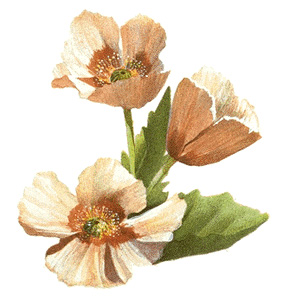Opium is a plant product that serves as the source of several medicines, including codeine and morphine. Heroin, an illegal drug, is also made from opium. Opium and most opioids (drugs made from or chemically similar to opium) are used to treat severe pain but may result in addiction. The United States and many other nations restrict their manufacture, distribution, and use.
Opium is made from the juice of the opium poppy. Most opium used by U.S. drug manufacturers comes from poppies grown on farms in India. Opium farmers make cuts on the poppy flower, enabling the milky-white juice to leak out. The opium is dried into powder and formed into bricks for shipment. Drug manufacturers use products derived from raw opium to make medicines, including codeine, methadone, morphine, oxycodone, and other medicines.

Medical uses.
Opium ranked as the most effective pain-relieving drug until the development of morphine in the early 1800’s. Opium was also used to stop coughing and diarrhea, to ease worry, and to cause drowsiness. Opioids serve many of the same purposes today. Physicians prescribe morphine to relieve severe pain. Codeine, probably the most widely used opioid, stops coughing. The opioid paregoric controls diarrhea.
Opium addiction.
The misuse of opium or opioid drugs can lead to addiction. Opium, when first used, can give users a feeling of extreme calm and euphoria (feelings of well-being). Their troubles may seem unimportant, and they temporarily live in an unreal world of isolated contentment. People smoke, sniff, or eat opium for these effects. But an addict may have vivid dreams and daydreams that may be extremely unpleasant.
Addicts who want to stop taking opioids can obtain medical treatment and counseling. Some experimental programs use a drug called methadone to help patients overcome addiction to opioids. People addicted to opioids who stop using methadone abruptly experience pain and flu-like symptoms known as withdrawal.
History.
The use of opium began at least 6,000 years ago in the Middle East. Ancient Greek and Roman physicians used opium to treat many conditions. Arabian traders took opium to China and India, probably starting in the A.D. 600’s. At first, the Chinese used opium chiefly as a medicine. European traders introduced opium smoking into China in the early 1600’s. The Chinese government outlawed opium in 1729, but traders continued to exchange it for silk, porcelain, and other Chinese products. In the late 1700’s, opium addiction became widespread among the Chinese. During the mid-1800’s, the opium trade helped to cause two wars, sometimes known as the Anglo-Chinese Wars or the Opium Wars, in which the United Kingdom defeated China. See Anglo-Chinese Wars; China (Clash with the Western powers).

During the 1800’s, people in the United States and Europe could buy laudanum, morphine, and other opioids legally and without a prescription. By 1900, at least 200,000 Americans had become addicted to opioid drugs. The Harrison Act, a group of laws passed in 1914, greatly reduced the problem in the United States. Addiction to opioids, particularly heroin, began to increase in the late 1940’s and has risen and fallen ever since. Today, a number of nations and international organizations cooperate in fighting the illegal manufacture and sale of opium and opioid drugs.
